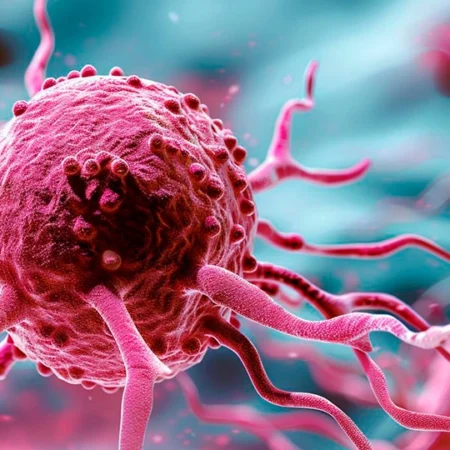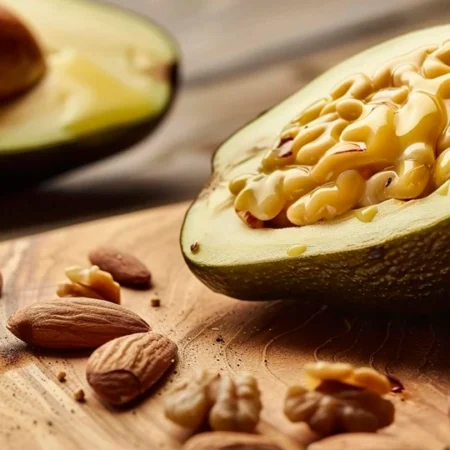Keto flu can be an unpleasant hurdle when starting a ketogenic diet, but understanding and addressing it with the right strategies can make the transition smoother. Staying well-hydrated, ensuring a gradual transition to lower carbs, consuming balanced and nutrient-dense meals, and prioritizing rest and recovery are key steps to overcoming keto flu symptoms. By following these essential tips, you can successfully navigate the initial phase of the keto diet and enjoy its numerous benefits.
How to Overcome Keto Flu: 5 Essential Tips

Embarking on a ketogenic diet can offer numerous health benefits, including weight loss, improved energy levels, and better mental clarity. However, transitioning into ketosis can sometimes lead to an uncomfortable phase known as “keto flu.” Here are five essential tips to help you overcome keto flu and make your keto journey smoother.
1. Understanding Keto Flu
Keto flu refers to a collection of symptoms that some individuals experience when they first switch to a ketogenic diet. These symptoms can include headaches, fatigue, irritability, nausea, dizziness, and muscle cramps. Keto flu occurs as your body adapts to burning fat for fuel instead of carbohydrates. The sudden reduction in carb intake can lead to an electrolyte imbalance and dehydration, contributing to these symptoms.
2. Hydration
Staying hydrated is crucial when transitioning to a keto diet. Carbohydrates help retain water in the body, so reducing carb intake can lead to a loss of water weight. To combat dehydration, drink plenty of water throughout the day. Additionally, replenishing electrolytes is essential. Electrolytes such as sodium, potassium, and magnesium can be depleted quickly on a keto diet. Incorporate electrolyte-rich foods like avocados, nuts, and leafy greens into your meals, or consider taking supplements.
3. Gradual Transition
Easing into the ketogenic diet gradually can help minimize the severity of keto flu symptoms. Instead of drastically cutting carbs overnight, try gradually reducing your carb intake over a week or two. This allows your body to adjust more slowly and can lessen the shock to your system. Starting with a moderate low-carb diet before transitioning to full keto can also be beneficial.
4. Balanced Meals
Ensuring your meals are nutrient-dense is vital for overall health and can help manage keto flu symptoms. Focus on consuming a variety of whole foods that provide essential vitamins and minerals. Incorporate healthy fats like olive oil, coconut oil, and fatty fish, as well as high-quality proteins such as meat, eggs, and tofu. Including low-carb vegetables in your meals can provide fiber and additional nutrients to support your body during the transition.
5. Rest and Recovery
Adequate sleep and rest are crucial when managing keto flu symptoms. Your body is undergoing significant changes and needs time to adjust. Aim for at least 7-9 hours of sleep per night and consider taking short naps if you feel fatigued during the day. Reducing physical exertion during the first few days of your keto transition can also help your body conserve energy and recover more effectively.












